In the grand theater of life, where animals rule their own kingdoms, there are tales that astonish and intrigue us—stories that, quite literally, have been buried in time. Recent discoveries of animal mummies found in the most improbable settings have captured our imagination, blending the allure of history with the enigmatic charm of the wild. Prepare to embark on a journey through the uncanny world of bizarre embalmed creatures unearthed in the unlikeliest of places.
1. Crocodile Congregation
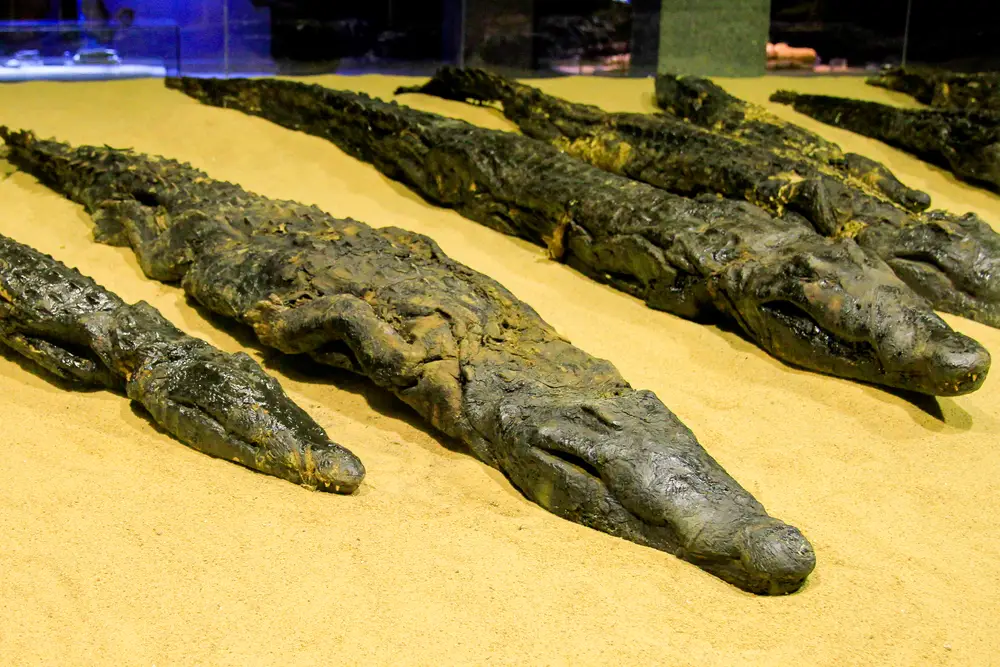
In a remarkable find, archaeologists in Egypt unearthed an ancient tomb housing a congregation of crocodile mummies. These fearsome reptiles, revered by the ancients, were found in astonishing numbers at the Qubbat al-HawÄ necropolis. According to Scientific American, the preservation of these formidable creatures highlights their sacred status and the Egyptians’ intricate mummification techniques. Their discovery within a tomb typically reserved for human nobility speaks volumes about the spiritual significance of crocodiles in ancient Egyptian culture.
These mummified reptiles were found in varying states of preservation, from complete bodies to skeletal remains, suggesting a complex ritualistic process. The sheer number of these mummies hints at a massive, possibly ceremonial, event that has yet to be fully understood by researchers. It’s a truly mesmerizing insight into how ancient societies revered animals as deities, entwining their fate with that of the human afterlife. This trove challenges our perceptions of ancient rituals and the lengths to which humans will go to honor their gods.
2. Mummified Mice in a Medieval Church

In the tranquil town of Lübeck, Germany, an unexpected discovery was made within the walls of St. Mary’s Church. Among the ancient stonework, a collection of mummified mice was found, perfectly preserved by the church’s unique microclimate. As reported by Live Science, these tiny creatures were likely victims of their own curiosity, venturing into spaces where they became trapped and desiccated over the centuries.
These rodent mummies provide an unlikely yet fascinating glimpse into the past, offering clues about the diet and habits of medieval mice. They also serve as a poignant reminder of the church’s enduring history, with these small creatures having witnessed centuries of human devotion and change. The discovery adds an unexpected layer to the narrative of Lübeck’s storied past, revealing how even the humblest creatures become part of our shared heritage.
3. Feline Pharaohs
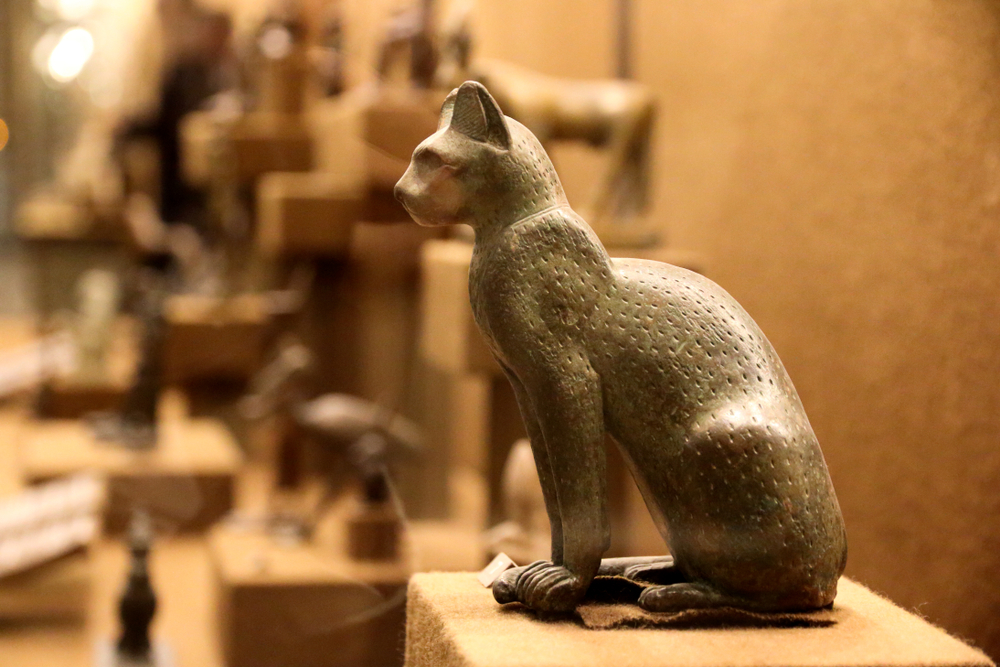
In a twist of fate fit for a pharaoh, a vast collection of cat mummies was discovered in the sands of Saqqara, Egypt. The dynamic between humans and cats in ancient Egypt was one of reverence and mystery, and the New York Times reported on the significance of these feline finds. These mummies, adorned with intricate linen wrappings, were likely offerings to Bastet, the feline goddess of home, fertility, and protection.
The sheer number of mummified cats, unearthed alongside statues and amulets, paints a vivid picture of the prominence of cats in ancient Egyptian society. These sacred felines were believed to possess protective powers, accompanying humans in both life and the afterlife. The discovery of these feline mummies not only confirms their divine status but also offers a tangible connection to the spiritual practices of a bygone civilization. It’s a fascinating window into the past, where the ordinary and the divine coexisted, united by the presence of these purring protectors.
4. Penguin Paradox in Antarctica
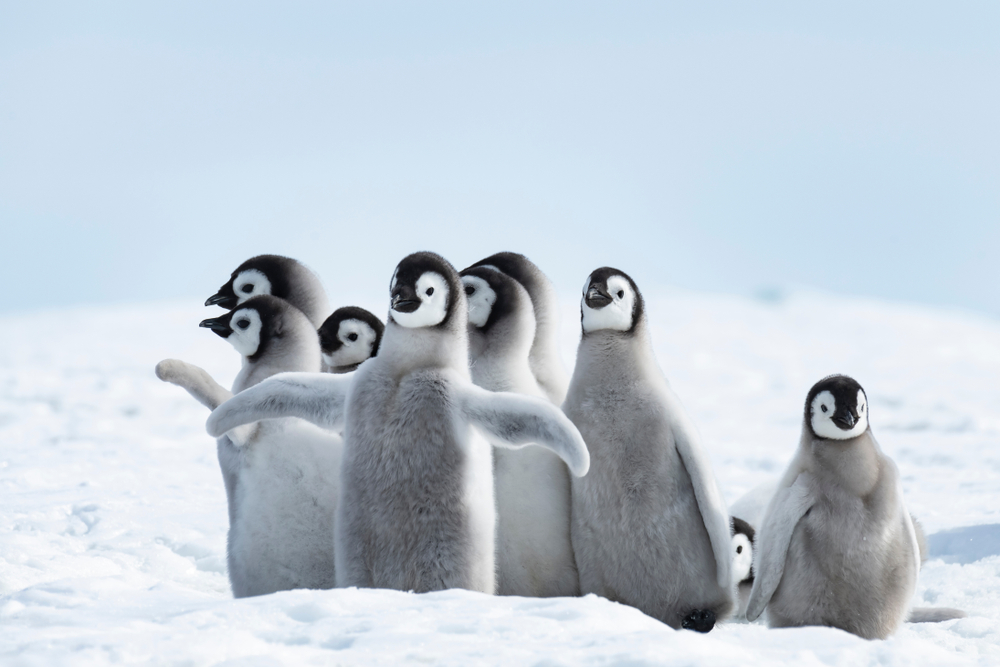
In the frozen reaches of Antarctica, researchers stumbled upon an unexpected relic—a mummified penguin lying in the snow. This peculiar find challenges our understanding of the continent’s icy past, suggesting a history of rapid climate shifts. The penguin’s remarkably preserved body was likely trapped during a sudden freeze, serving as a time capsule for scientists studying environmental changes.
Although Antarctica is no stranger to extreme weather, the presence of such well-preserved remains indicates a dramatic and swift climatic event. This discovery offers a rare glimpse into the ecological history of the region, providing clues about how ancient species adapted—or failed to adapt—to changing conditions. Scientists continue to analyze these findings to unravel the secrets of Antarctica’s dynamic past, with mummified penguins standing as silent witnesses to a world in flux.
5. The Case of the Canine Crypt
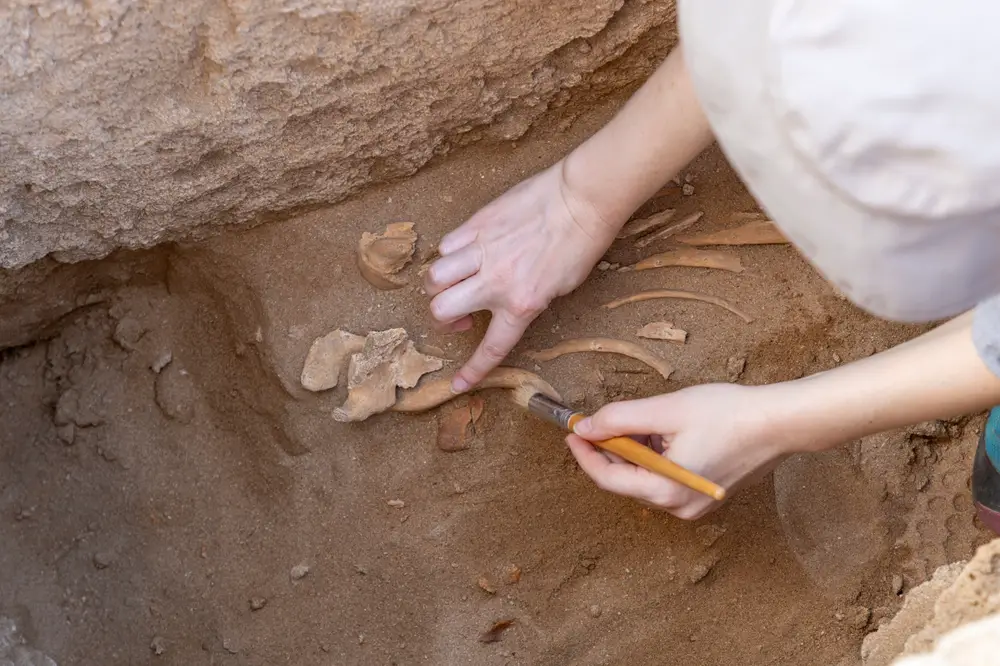
In the heart of the Scottish Highlands, an ancient burial site yielded an unexpected treasure—a perfectly mummified dog. This canine companion, believed to be over a millennium old, was discovered alongside human remains, suggesting a deep bond between humans and their furry friends. Preserved by the region’s unique climatic conditions, this find adds a personal touch to our understanding of ancient burial customs.
The mummified dog offers insights into the societal roles of animals in ancient Scotland, hinting at their companionship and perhaps even spiritual significance. This revelation has sparked renewed interest in the relationships between humans and animals throughout history. The discovery of this faithful friend underscores the timeless bond between species, a connection that has persisted through the ages, transcending cultures and geographies.
6. The Batty Burial
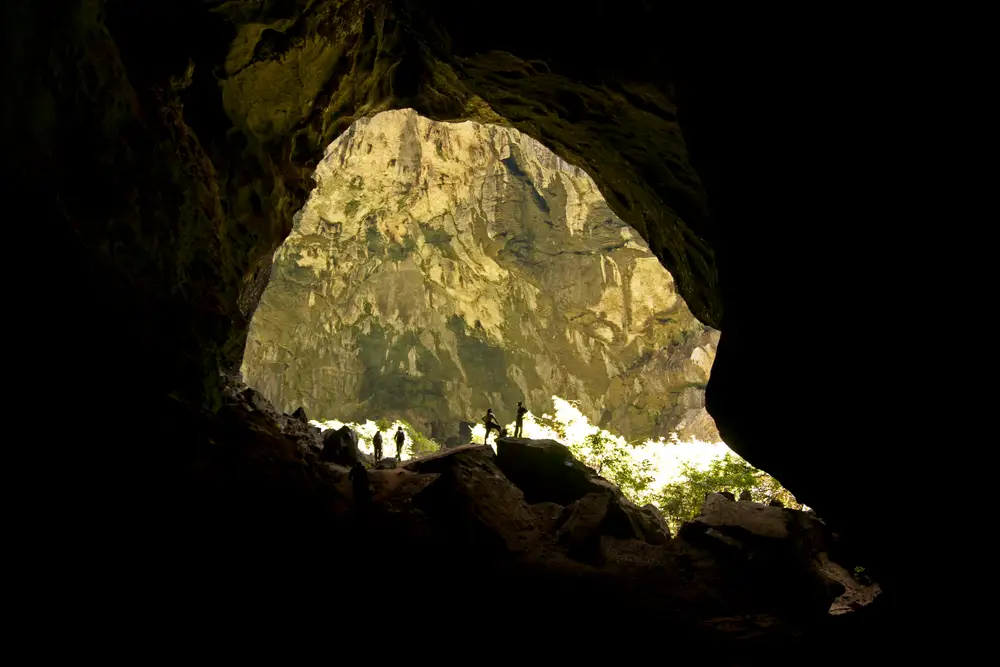
In the labyrinthine caves of Madagascar, explorers made an eerie discovery—a colony of mummified bats, suspended in time. These winged creatures, perfectly preserved within the cave’s arid microclimate, offer a haunting glimpse into the past. Their discovery raises questions about the ecological history of the region and the factors that led to their demise.
The bat mummies provide valuable data for scientists studying the evolution of species in isolated environments. They also serve as a cautionary tale about the fragility of ecosystems and the impact of environmental changes. As researchers continue to explore these caves, the mummified bats stand as a testament to the enduring mysteries of the natural world, silently awaiting the next chapter of their story to be told.
7. Desert Fox Mystery
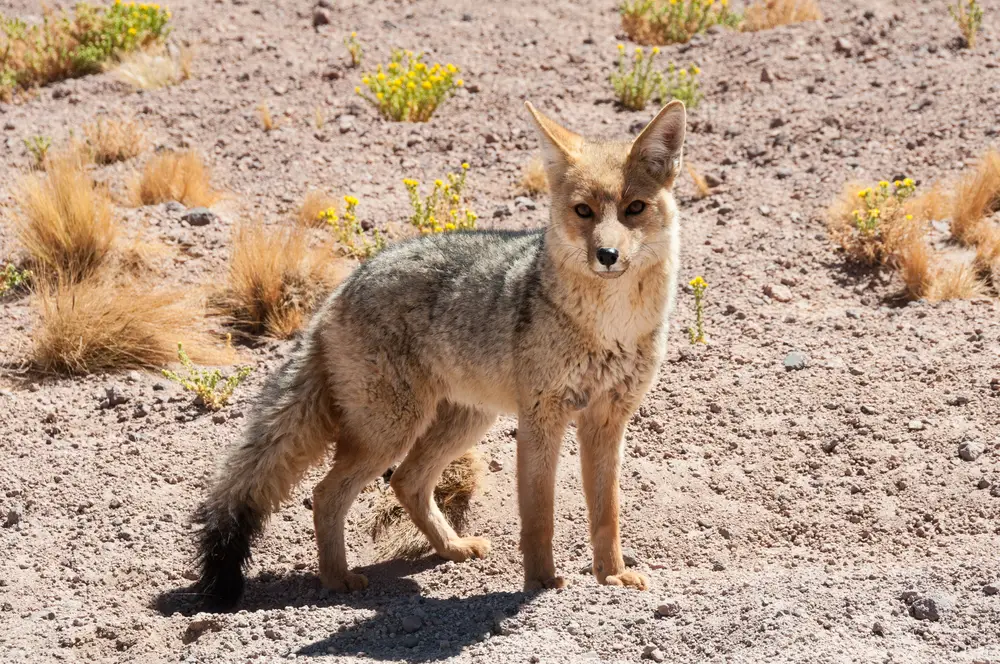
In the arid expanses of the Atacama Desert, a mummified fox was discovered, preserved by the region’s extreme dryness. This remarkable find offers a snapshot of life in one of the harshest climates on Earth, highlighting the adaptability of species to their environment. The fox’s mummification, a natural process resulting from the desert’s unique conditions, provides invaluable information about its diet and lifestyle.
The discovery has sparked curiosity among scientists and historians alike, as they seek to understand the interplay between the fox and its challenging habitat. The mummified fox serves as a reminder of the resilience of life, thriving even in the most unforgiving landscapes. It also underscores the interconnectedness of ecosystems and the delicate balance required to sustain life in extreme environments.
8. Feathered Pharaohs of Peru

In the sacred Valley of the Incas, a trove of mummified birds was uncovered, offering a glimpse into the spiritual practices of ancient Peruvians. These feathered offerings, believed to be part of ritual sacrifices, were found alongside human mummies, underscoring their significance in ceremonies. The discovery highlights the reverence for birds in indigenous cultures, where they were viewed as messengers between the earthly and divine realms.
The mummified birds provide a unique perspective on the spiritual beliefs and practices of the Inca civilization. Their preservation offers a rare opportunity to study the cultural and religious significance of avian species in ancient times. As researchers continue to unravel the mysteries of the Valley of the Incas, these feathered pharaohs stand as silent guardians of history, waiting to reveal their secrets.
9. The Woodland Wonder
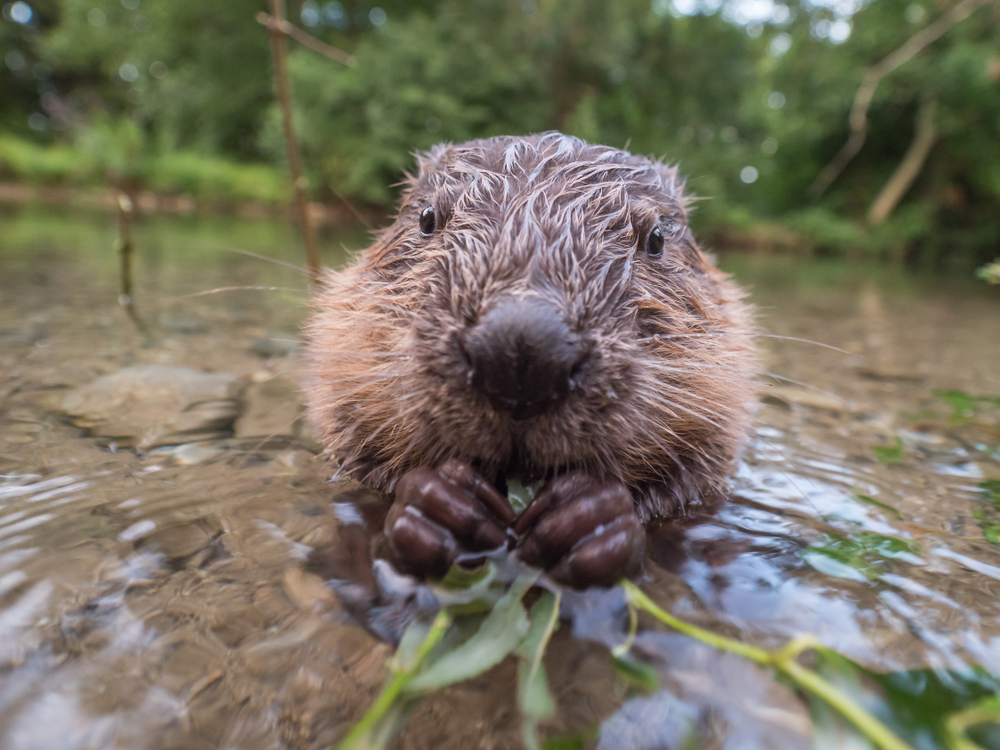
Deep within the forests of Canada, a mummified beaver was discovered, perfectly preserved by the cold, damp conditions. This surprising find sheds light on the life of these industrious creatures, offering insights into their behavior and habitat. The beaver’s mummification provides scientists with a valuable snapshot of its ecological role and the environmental challenges it faced.
The discovery has sparked interest in the historical interactions between beavers and their environment, revealing the complex dynamics of forest ecosystems. As researchers continue to study these remarkable rodents, the mummified beaver stands as a testament to the resilience and adaptability of species in the face of adversity. It also highlights the importance of preserving biodiversity and protecting natural habitats for future generations.
10. The Cave Lion’s Legacy

In the remote wilds of Siberia, a mummified cave lion cub was unearthed, offering a rare glimpse into the Ice Age era. This tiny predator, preserved by the region’s permafrost, provides valuable insights into the life and times of these majestic creatures. The discovery has captivated scientists, who hope to unravel the mysteries of the cave lion’s extinction.
The mummified cub serves as a poignant reminder of the fragility of life and the impact of environmental changes on species survival. Its preservation offers a unique opportunity to study the evolutionary history of predators and their adaptation to harsh climates. As researchers continue to investigate this remarkable find, the cave lion’s legacy endures, shining a light on the ancient past and the ever-changing tapestry of life on Earth.
